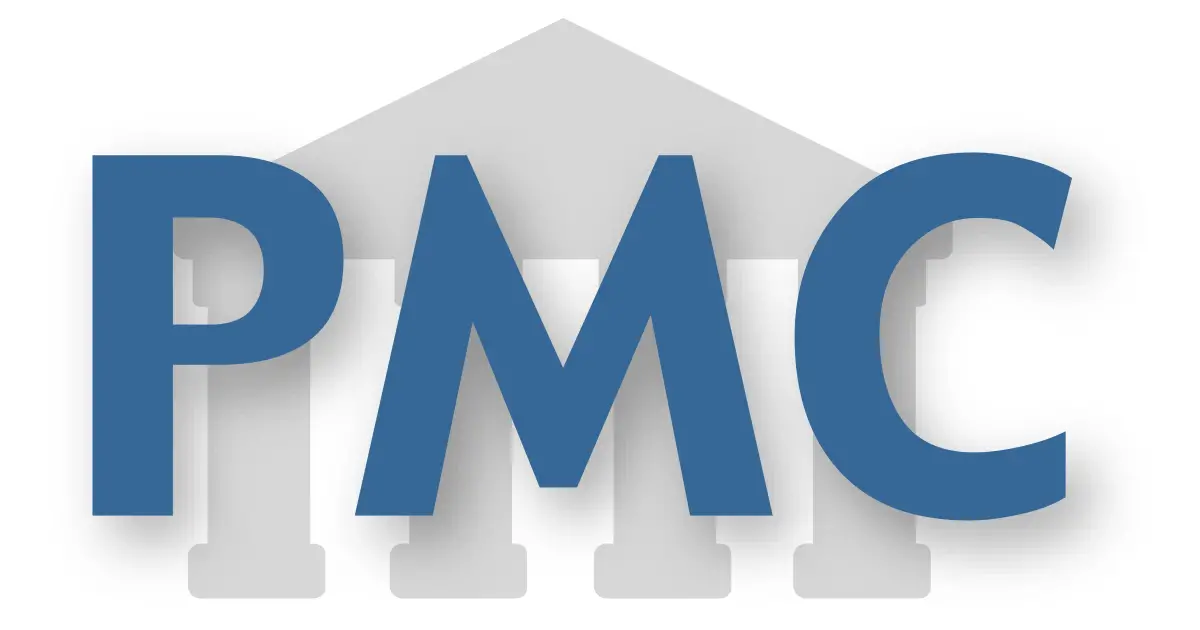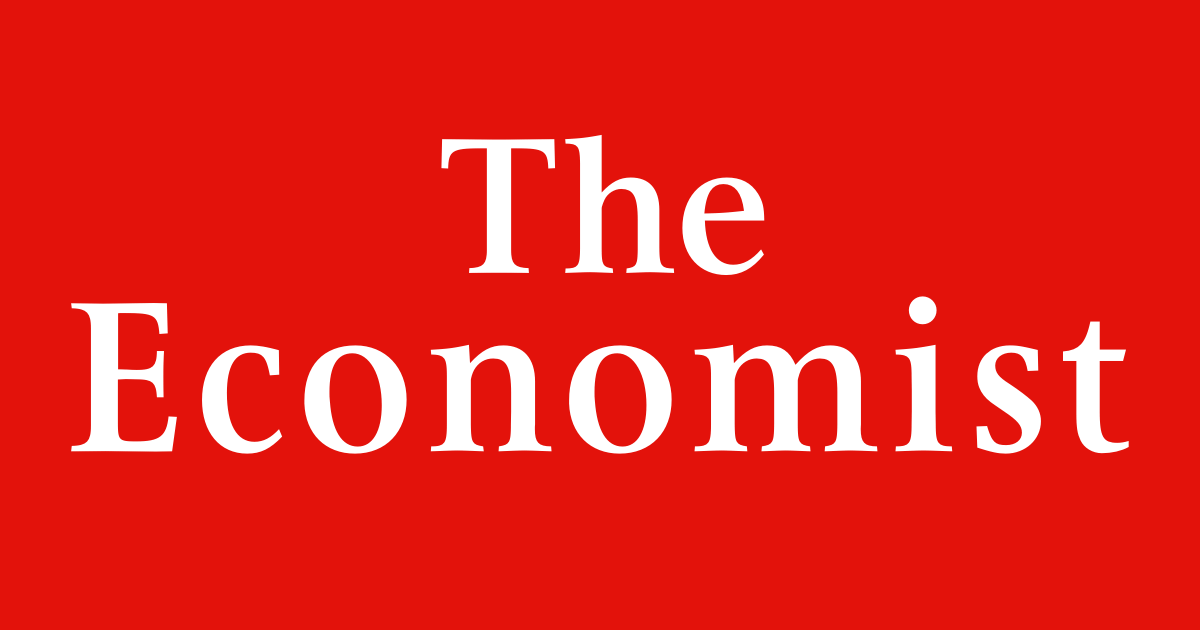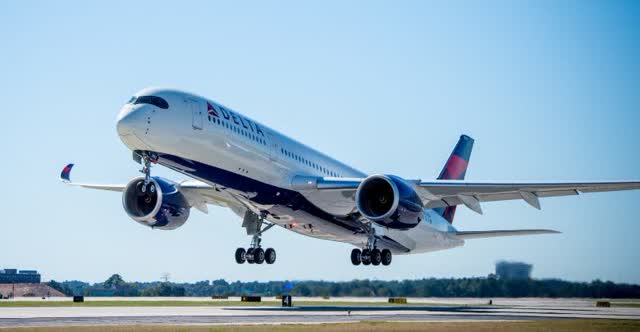
Airline Fuel Hedging: A Comprehensive Guide
The airline industry is one of the most complex and challenging, facing numerous economic, operational, and environmental risks. One of the significant challenges airlines face is the rising fuel cost, which accounts for a substantial portion of their operating expenses. To mitigate the impact of volatile fuel prices, many airlines have turned to a risk management strategy known as fuel hedging.
This article provides a comprehensive guide to airline fuel hedging, including its importance, risks, and the process involved.
What is airline fuel hedging?
Fuel hedging is a financial instrument used to reduce the risk of fuel price fluctuations. As fuel prices fluctuate, airlines risk losing money if the fuel prices rise above their budgeted levels. Airlines commonly hedge their fuel costs to protect themselves, and sometimes to take advantage of the situation.
Types of airline fuel hedging
There are different ways and instruments that airlines can use to hedge their fuel costs, such as:
Forward contracts
A forward contract is a customizable agreement between two parties to buy or sell a set amount of an asset, typically a commodity, at a predetermined price at a future date.
Swaps
As opposed to a future contract which is traded on an exchange, a swap contract is traded in the over-the-counter (OTC) market.
A swap is a contract that allows two parties to exchange a series of cash flows based on a variable price for a fixed price, or vice versa, for a specified quantity and period of time.
Call and put options
These are contracts that give airlines the right, but not the obligation, to buy or sell oil at a specified price (called the strike price) on or before a specific date (called the expiration date). The buyer pays a premium to the seller for this right.
A call option gives the right to buy, while a put option gives the right to sell. These are advantageous if the airlines are still determining future prices and want to have flexibility.
Collars and caps
These are combinations of options limiting the range of possible prices airlines have to pay or receive for oil.
A collar is a combination of a call option and a put option, which give the buyer the right, but not the obligation, to buy or sell an asset at a specified price, respectively.
Similarly, a cap combines a call option and a cash payment. These strategies are advantageous if the airlines want protection from extreme price movements and participation in favorable price movements.
Advantages and disadvantages of fuel hedging for airlines
As mentioned earlier, airline fuel hedging is making advance purchase commitments for jet fuel at a locked-in price and quantity for future delivery. There are benefits as well as risks associated with fuel hedging.
Advantages of airline fuel hedging
- It can help airlines to control their expenses, protect their profits, and gain a competitive edge over other airlines that do not hedge.
- It can help airlines predict costs and plan their budgets more accurately.
- It can help airlines cope with the fuel market’s uncertainty and fluctuations, which various factors, such as supply and demand, geopolitics, and environmental issues, can influence.
- It can help airlines avoid or reduce the impact of fuel surcharges, fees that airlines charge to passengers to cover the increased fuel costs.
Disadvantages of airline fuel hedging
- It can involve risks and costs, such as fees, commissions, and penalties, which can reduce the net benefits of hedging.
- It can result in financial losses and missed opportunities if the actual fuel prices turn out to be lower than the hedged prices.
- It can require accurate forecasting and planning, as well as constant monitoring and adjustment of the hedging positions, which can be challenging and complex.
- It can create accounting and reporting issues, such as recognizing and measuring the gains and losses from hedging and disclosing them to the stakeholders.
The airline fuel hedging process
The fuel hedging process for airlines involves several steps, including identifying the risk of fuel price fluctuations, selecting the appropriate hedging instrument, negotiating the contract terms, and monitoring and adjusting the hedging strategy as needed.
Key players in the fuel hedging process include fuel suppliers, banks, financial institutions, and risk management consultants. The airline fuel hedging process involves the following steps:
Forecasting and planning
Airlines need to forecast and plan their fuel consumption, fuel costs, and price movements based on various factors, such as demand, supply, geopolitics, and environmental issues. Airlines must also decide their hedging objectives, strategies, and policies, such as how much, how long, and how often to hedge.
Choosing and executing the hedging instruments
Airlines must select and implement the hedging instruments that suit their hedging objectives and strategies. Airlines can use different types and combinations of hedging instruments, such as current oil contracts, call and put options, futures and swaps, collars and caps, etc. Each instrument has its advantages, disadvantages, risks, and costs.
Monitoring and adjusting the hedging positions
Airlines must monitor and adjust their hedging positions as the fuel market, and prices change over time. Airlines may need to close, extend, or modify their hedging contracts depending on the actual and expected fuel price movements. Airlines may also need to hedge additional or less fuel depending on their current and expected fuel consumption.
Accounting and reporting the hedging results
Airlines need to account and report the hedging results, such as the gains and losses from hedging, the impact of hedging on their financial statements, and the disclosure of their hedging activities and policies to their stakeholders.
Airlines may need to follow specific accounting standards and rules, such as the International Financial Reporting Standards (IFRS) or the Generally Accepted Accounting Principles (GAAP), to account and report their hedging results.
The impact of fuel hedging on airline operations
Fuel hedging can have various impacts on airline operations, both positive and negative, depending on the fuel price movements, the hedging strategies, and the hedging results. Some of the possible impacts are:
Reduces volatility in liquidity and profits
Fuel hedging can help airlines to reduce the volatility in their liquidity and profits by locking in a fixed or capped fuel price and quantity for future delivery.
This can help airlines to control their expenses, protect their margins, and cope with the uncertainty and fluctuations of the fuel market. Supply and demand, geopolitics, and environmental issues can influence these.
Gaining or losing a competitive advantage
Fuel hedging can help airlines to gain or lose a competitive advantage over other airlines that do not hedge or hedge differently, depending on the fuel price movements and the hedging results.
For example, if the actual fuel prices are higher than the hedged prices, airlines that hedge can benefit from lower fuel costs and higher profits than airlines that do not hedge. Conversely, if the actual fuel prices are lower than the hedged prices, airlines that hedge can suffer from higher fuel costs and lower profits than airlines that do not hedge.
Affects airline ticket prices and demand
Fuel hedging can affect the ticket prices and demand of airlines, depending on the fuel price movements, the hedging results, and the pricing strategies of airlines.
For example, if the actual fuel prices are higher than the hedged prices, airlines that hedge can afford to keep their ticket prices lower or stable, attracting more passengers and increasing their market share.
Conversely, if the actual fuel prices are lower than the hedged prices, airlines that hedge may need to increase their ticket prices or impose fuel surcharges, which can deter passengers.
Accounting and reporting complexity
Fuel hedging can create accounting and reporting issues for airlines. For example, how to recognize and measure the gains and losses from hedging, how to classify and present the hedging instruments and results in the financial statements, and how to disclose the hedging activities and policies to the stakeholders.
As mentioned earlier, airlines may need to follow certain accounting standards and rules, such as IFRS or GAAP, to account and report their hedging results. Airlines may also need to explain and justify their hedging strategies and results to their investors, analysts, regulators, and auditors.
Conclusion
In conclusion, airline fuel hedging is a critical risk management strategy for airlines facing the challenge of volatile fuel prices. While fuel hedging is not without its challenges, airlines that adopt a well-designed and well-executed fuel hedging strategy can reap significant benefits.
By locking in a price for fuel in the future, airlines can reduce the impact of fuel price fluctuations on their financial performance, maintain a predictable cash flow, and focus on their core operations.
To maximize the benefits of fuel hedging, airlines should seek the advice of experienced risk management consultants, adopt a well-designed and well-executed fuel hedging strategy, and actively monitor and adjust their strategy as needed. Airlines can better manage fuel price risk and achieve their financial goals by doing so.
Airlines hedging with futures would create the most effective hedge by using heating oil futures contracts with a 3-month maturity. We also find that beyond ...
The purpose of this paper is to study the value effects of hedging in the airline industry during a period of high volatility and high fuel costs. The authors ...
Hedging is an investment and like all investments there are risks associated with that investment. Hedging requires an airline to forecast the future direction ...
This dissertation for the first time determines the effect of jet fuel hedging performance, as measured by the realized gains and losses from jet fuel hedging, ...
The Durbin-Hausman panel co-integration (DHp) test reveals a statistically significant long run relationship between firms’ values and aviation fuel hedging ...
Airlines operate on razor-thin profit margins and are highly sensitive to changes in fuel costs, which make up one of their largest operating expenses. To try ...
How different airlines approach hedging varies (e.g. disciplined Lufthansa versus Ryanair, which tries to out-maneuver the market). Some will hedge almost all ...
Although this is typically portrayed as a financial function, fuel hedges at airlines fundamentally respond to a perceived revenue problem. If airlines could ...
Many airlines will benefit from the fall in fuel prices. But those that placed their fuel-hedging bets carefully will benefit the most. Source: Gambles that ...
Lower oil prices reduce fuel bill. Recent oil price collapse is driven by price war on oil, but the slide down in oil prices in recent months could signal ...
The basic idea behind fuel hedging is to control the cost of fuel in the future. The most basic way to do that is to buy fuel in advance – lock it in for a set ...
Fuel cost risk mitigation as a part of financial risk management best practice involves significant investment in efficiency, actively hedging fuel price, ...
Discover the ins and outs of airline fuel hedging, including benefits, processes, and best practices.











